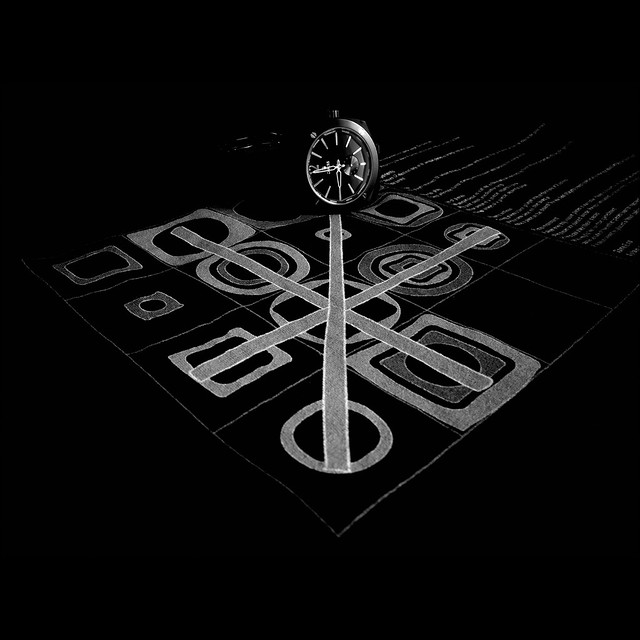Exterio External elements r Components in Manufacturing: A Comprehensive Overview
Introduction:
In the world of manufacturing, exterior components play a crucial role in enhancing the functionality and aesthetics of products. These external elements are responsible for providing protection, visual appeal, and additional features to various devices and equipment. In this article, we will delve into the different aspects of exterior components, including their man Outer parts ufacturing process, characteristics, advantages, usage methods, tips for selecting these products wisely, and a concluding perspective on their significance.
Manufacturing Process:
The production of exterior components involves several key steps. First and foremost is design conceptualization. Manufacturers collaborate with product designers to formulate innovative ideas that cater to specific requirements. Computer-aided design (CAD) software aids in cre AC motor ating detailed 2D/3D representations.
Once the designs are finalized, fabrication commences using materials such as plastic polymers or metal alloys depending on the desired properties like durability or weight reduction. Injection molding is commonly employed for plastics while casting techniques like die casting ensure accurate replication using metals.
Characteristics:
Exterior components boast a wide range of characteristics making them indispensable in multiple industries:
1. Robustness: These parts exhibit excellent strength properties and can withstand harsh environmental conditions.
2. Versatility: Exterior components come in different shapes & sizes making them adaptable to diverse applications.
3. Customizability: Manufacturers offer customization options allowing custo Exterior components mers to tailor-make parts according to their specifications.
4. Lightweight Design: Many modern exteriors employ lightweight materials resulting in improved energy efficiency without compromising structural integrity.
5. Enhanced Safety Features: From impact resistance coatings to a Exterior components nti-corrosion treatments – safety-enhancing functionalities attribute significantly towards overall product reliability.
Advantages:
The inclusion of exterior components offers numerous advantages; some prominent ones include:
1.Improved Product Durability: By protecting de

licate internal hardware from external factors like dust or moisture ingress-causing failures premature failure risks get minimized & ensuring longevity.
2.Aesthetic Appeal: External elements often serve as a product identifier. Sleek designs or vibrant colors enhance brand recognition and create a positive user experience.
3.Value Addition: Well-designed components contribute to increased market value, thus empowering businesses in remaining competitive while catering to customer demands for product differentiation.
Usage Methods:
Exterior components find extensive usage across various Exterior components industries such as automotive, consumer electronics, medical equipment, aerospace, and more. Some of the common applications include:
1. Automotive Industry: Bumpers, grills, side panels integrate seamlessly to provide crash protection and an appealing appearance.
2.Consumer Electronics: Mobile phones cases/covers protect delicate internal circuitry from physical damage whilst providing aesthetic appeal.
3.Medical Equipment: Enclosures safeguard sensitive medical instruments against contamination & enable ease of operation for healthcare professionals.
How to Select Exterior Components:
To ensure you choose the most appropriate exterior componen

t for your specific requirements follow these steps:
1.Determine Your Needs – Identify the key functions you expect from the exterior part like weatherproofing or impact resistance.
2.Material Selection – Evaluate different material options based on desired properties such as strength-to-weight ratio or thermal conductivity.
3.Quality Standards – Ensure that manufacturers comply with rele Exterior components vant quality standards like ISO certifications guaranteeing reliability.
4.Cost Considerations – Optimize costs without compromising functionality by evaluating multiple suppliers offering similar products.
Conclusion:
Exterior components are essential aspects of modern manufacturing processes across diverse industries due to their valuable characteristics and advantages. From enhancing visual appeal to adding functional benefits, these parts significantly improve the overall performance of products while meeting custome Peripheral components r expectations efficiently. The manufacturing process involves careful design conceptualization followed by meticulous fabrication techniques ensuring robustness alongside AC motor customization options enabling tailored solutions for every application. By employing selection criteria focused on needs assessment and quality compliance factors one can maximize value while incorporating these vital external elements into their products’ design architecture
